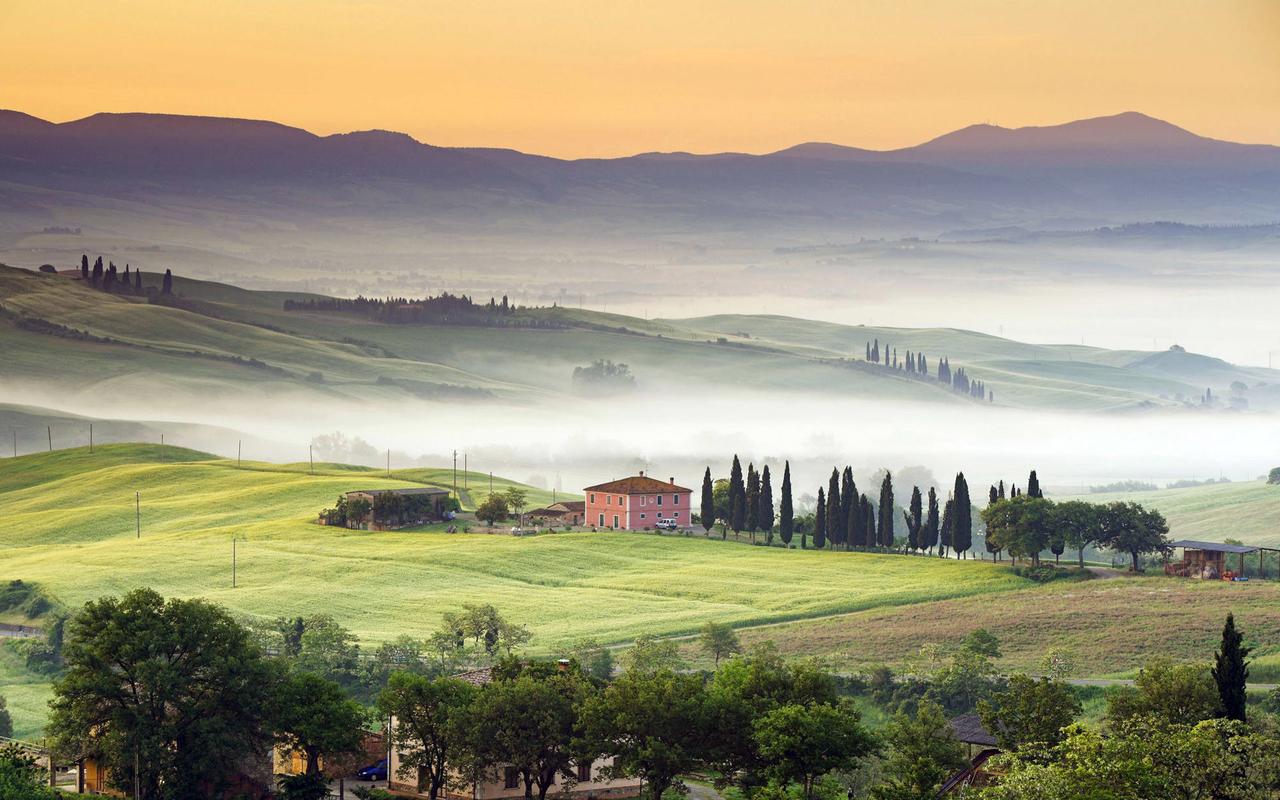Discovering the Richness of Filipino Culture: 10 Examples of Tangible Cultural Heritage in the Philippines
The Philippines is a country that is rich in cultural heritage. It is a melting pot of different ethnicities and cultures that have flourished throughout its history. The beautiful island nation has an impressive range of tangible cultural heritage that tells stories of its past and contributes greatly to its identity. Here are ten examples of the most important tangible cultural heritage in the Philippines that you must experience:
1. Rice Terraces
The Rice Terraces of the Philippine Cordilleras is a masterpiece of agricultural engineering. The terraces are made of stone walls that have been built into the slopes of the Ifugao Mountains. They have been maintained for over 2,000 years and have become one of the most iconic symbols of the Philippines. The Rice Terraces, also known as the “Eighth Wonder of the World,” were declared a UNESCO World Heritage Site in 1995.
2. Bahay Kubo
The Bahay Kubo, or “nipa hut,” is a traditional Philippine rural house. It is made of bamboo and palm leaves and serves as a model of the Filipino’s deep connection with nature. The Bahay Kubo is commonly seen throughout the country and has become an important symbol of the Filipino way of life.
3. Vigan Town
Vigan is a historic town in the northern part of the Philippines. It is known for its remarkably preserved Spanish colonial architecture, which includes houses, public buildings, and religious structures. Vigan is a UNESCO World Heritage Site and is a must-visit destination for heritage seekers.
4. Tubbataha Reef
The Tubbataha Reef is a protected area located in the Sulu Sea. It is home to a diverse collection of marine life, such as sharks, sea turtles, and over 600 fish species. The reef is a UNESCO World Heritage Site and is considered one of the most important marine sanctuaries in the world.
5. Baroque Churches
The Philippines is home to some of the most magnificent Baroque churches in the world. These churches feature intricate architectural designs and elaborate decorations that reflect the country’s deep Catholic heritage. Examples of notable Baroque churches in the Philippines include the San Agustin Church in Manila and the Santa Maria Church in Ilocos Sur.
6. Ifugao House
The Ifugao House is a traditional structure that is unique to the Ifugao people of the Philippines. It is made of wood and straw and features a steep roof that can withstand strong typhoon winds. The Ifugao House has become an important symbol of the Ifugao culture and is still prevalent in many rural communities.
7. Apo Reef Natural Park
The Apo Reef Natural Park is a marine park located in the Mindoro Strait. It is home to some of the country’s most impressive coral reefs and underwater landscapes. The park has become a popular destination for diving and snorkeling enthusiasts looking to explore the incredible diversity of marine life found in the area.
8. Tikling Island
Tikling Island is a small island located off the coast of Samar in the central Philippines. The island is known for its pristine white sand beaches and crystal-clear waters. It also features a beautiful lighthouse that provides panoramic views of the surrounding landscape.
9. Maranao Torogan
The Maranao Torogan is a traditional house that is unique to the Maranao people of the Philippines. It is made of wood and features intricate carvings and geometric patterns. The Torogan serves as a symbol of the Maranao’s rich cultural heritage and can be seen in many communities throughout the Southern Philippines.
10. Mayon Volcano
The Mayon Volcano is an active volcano located in the province of Albay in the Bicol region of the Philippines. It is known for its perfect symmetrical cone shape and has become an iconic symbol of the region. Despite being an active volcano, Mt. Mayon is also a popular hiking and camping destination for those seeking to experience the incredible beauty of the Philippine landscape.
In conclusion, the Philippines has a rich cultural heritage that is embodied in its tangible heritage. From the magnificent Rice Terraces to the beautiful Bahay Kubo, the country’s heritage sites are a testament to its past and are an important part of its identity. If you’re looking to discover the richness of Filipino culture, these ten examples of tangible cultural heritage are a great place to start.
(Note: Do you have knowledge or insights to share? Unlock new opportunities and expand your reach by joining our authors team. Click Registration to join us and share your expertise with our readers.)
Speech tips:
Please note that any statements involving politics will not be approved.
